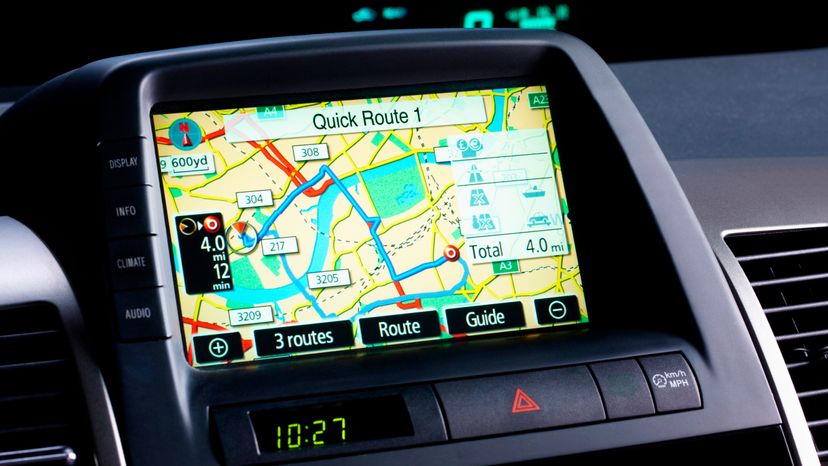
Automobiles have come a long way since Henry Ford rolled the Model T off the assembly line in Detroit nearly 100 years ago. Indeed, Henry Ford could scarcely imagine the ways in which the car has evolved and improved over the years. From new safety features to entertainment units and luxuries such as heated seats, the modern motor vehicle is a marvel of engineering. And now, we are moving towards completely autonomous self-driving cars. The car industry is constantly reinventing itself. And each improvement over the years has built on the ones that have come before it and led us to where we are today. Here’s a look at the 10 greatest automobile innovations of all time, and the impact that they have had on the cars we now drive.
Advertisement